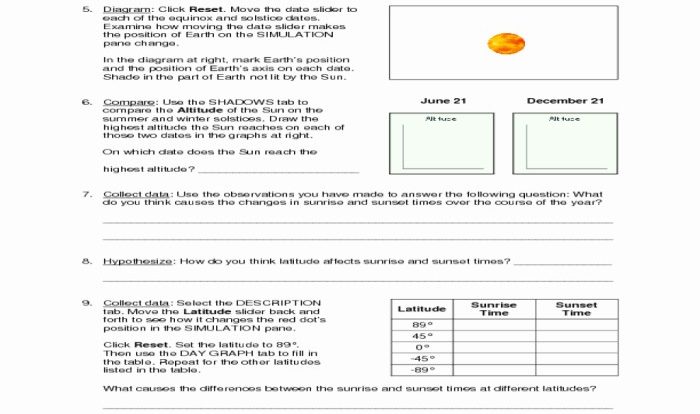Student exploration plants and snails – Delving into the fascinating realm of student exploration, this discourse examines the captivating interactions between plants and snails, unraveling their symbiotic relationships and ecological significance.
This comprehensive analysis delves into the diverse characteristics and adaptations of plants, exploring their vital roles within ecosystems. It further illuminates the intriguing world of snails, their physical attributes, behaviors, and ecological contributions.
Understanding Plant Life
Plants, the primary producers in ecosystems, exhibit a remarkable diversity of forms and adaptations. They possess unique characteristics that enable them to thrive in various environments.
Types of Plants
- Vascular plants:Possess specialized tissues for transporting water and nutrients (e.g., ferns, flowering plants).
- Non-vascular plants:Lack specialized tissues for transport, relying on diffusion (e.g., mosses, liverworts).
Adaptations for Survival
Plants have evolved numerous adaptations to survive diverse environmental challenges:
- Drought tolerance:Succulent stems or leaves for water storage.
- Pollination:Bright flowers or scents to attract pollinators.
- Seed dispersal:Specialized structures for wind or animal dispersal.
Diversity and Importance
Plant diversity contributes significantly to ecosystem stability and biodiversity. They:
- Provide food and shelter for animals.
- Produce oxygen and absorb carbon dioxide.
- Regulate water flow and prevent erosion.
Exploring the World of Snails
Snails, fascinating invertebrates, belong to the phylum Mollusca. They are characterized by their:
Physical Characteristics
- Soft body:Protected by a calcareous shell.
- Foot:Muscular structure used for locomotion and adhesion.
- Radula:A rasping tongue-like structure for feeding.
Habitats and Ecological Roles
Snails inhabit diverse habitats, including:
- Terrestrial:Gardens, forests, and meadows.
- Aquatic:Lakes, rivers, and oceans.
They play ecological roles as:
- Herbivores:Feed on plants, contributing to ecosystem balance.
- Decomposers:Consume decaying organic matter, recycling nutrients.
- Prey:Food source for birds, mammals, and other predators.
Protective Adaptations, Student exploration plants and snails
Snails have evolved various adaptations to protect themselves from predators:
- Camouflage:Shell patterns and colors mimic their surroundings.
- Retraction:Ability to withdraw into their shells.
- Mucus:Production of a slimy substance that deters predators.
Investigating Plant-Snail Interactions
Plants and snails engage in complex symbiotic relationships:
Mutualistic Relationships
- Food:Snails feed on plants, providing nutrients.
- Shelter:Plants provide hiding places for snails from predators.
- Reproduction:Some plants rely on snails for pollination.
Negative Interactions
Snail herbivory can negatively impact plants:
- Defoliation:Consumption of leaves, reducing plant growth.
- Damage to fruits:Feeding on fruits can reduce crop yield.
- Competition for resources:Snails may compete with plants for nutrients and water.
Student Exploration and Research
Students can explore plant-snail interactions through research projects:
Design a Research Project
- Hypothesis:Develop a testable hypothesis about plant-snail relationships.
- Methods:Design experiments or observations to test the hypothesis.
- Data Collection:Collect data on plant growth, snail abundance, or other relevant variables.
Data Presentation
- Table:Organize data on plant-snail interactions in a table.
- Graphs:Create graphs to visualize trends and relationships.
Presentation
Students should prepare a presentation to:
- Share their findings and insights.
- Discuss the implications of their research.
- Answer questions and engage in discussions.
Educational Applications
The study of plants and snails can enhance student learning:
Hands-on Activities
- Snail observations:Allow students to observe snails in their natural habitat or in the classroom.
- Plant growth experiments:Conduct experiments to investigate the effects of snails on plant growth.
- Ecosystem models:Create ecosystem models to demonstrate plant-snail interactions.
Fostering Curiosity and Exploration
These activities foster student curiosity and encourage them to:
- Explore the natural world and ask questions.
- Develop critical thinking and problem-solving skills.
- Appreciate the importance of biodiversity and ecosystem balance.
FAQ Resource: Student Exploration Plants And Snails
What are the benefits of studying plant and snail interactions for students?
Exploring plant and snail interactions enhances student understanding of ecological relationships, fostering their scientific curiosity and critical thinking skills.
How can students design research projects on plant-snail interactions?
Students can design research projects by identifying a specific question, collecting data through observation or experimentation, and analyzing their findings to draw conclusions.

